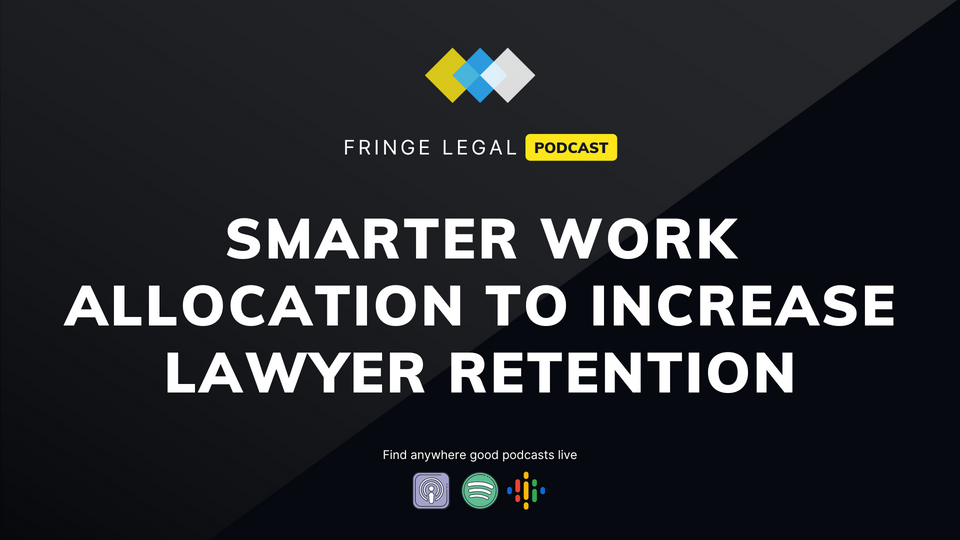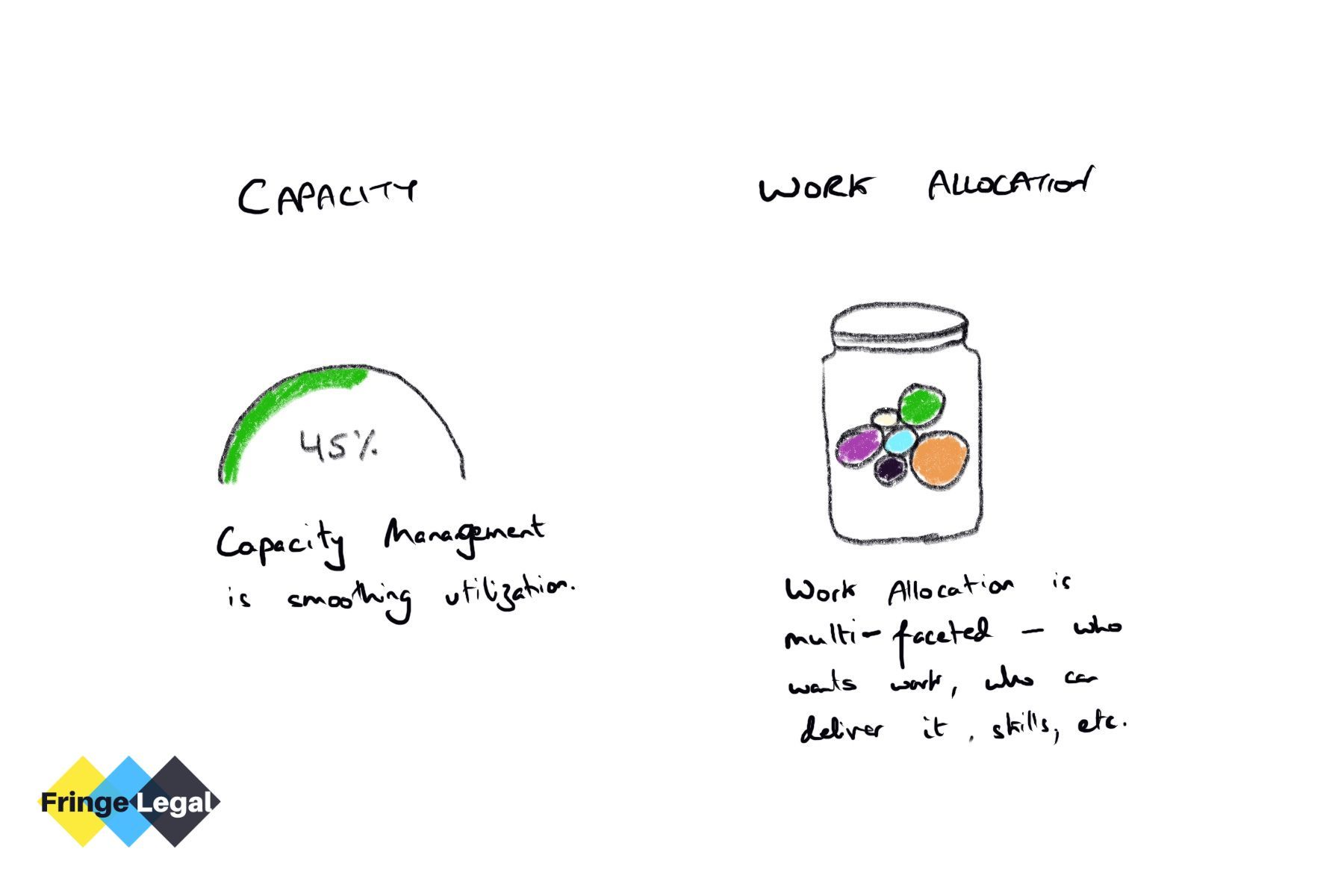Smarter work allocation to increase lawyer retention

Professional services environments are stressful. Among the myriad of items to be juggled each day, you must manage workloads, managing the capacity of employees - what kind of work & how frequently work is allocated.
How well this aspect is managed will impact performance, productivity, DEI, and retention.
As part of our startup series, we speak with William Dougherty, Co-Founder of Capcity, a legal tech tool that looks to improve the allocation of work.
In the episode, we'll discuss (numbers are time markers):
- What is Capacity → 1.48
- How is work allocated → 3.09
- Issues with the current approach to work allocation → 4.24
- What if nothing changes → 5.48
- Capacity management vs. work allocation → 12.31
- Getting buy in to effect change → 17.02
- The business impact of attrition → 21.46
Below are select quotes/read outs from the episode. (These have been edited to be better suited for text format)
What is Capacity?
At a high-level capacity is the bridge between what the strategic leadership of the farm wants to happen and the decisions that are actually being made on the ground. Whether that be prioritizing issues like attrition or diversity & inclusion - it is ensuring that those things are actually sharply in focus when key decisions are being made in the business.
One of those key decision points and potentially the most important decision that's made every day is who gets staffed and on what project. Everything else flows from there, whether it's things like quality of work, financials, values, DEI initiatives, lawyer development, associate retention, or client satisfaction, all of those things follow from that decision point.
That is a very important moment for the business. And we're trying to ensure, first and foremost, that the right person is on the right task as often as possible.
Capacity management vs. work allocation

Capacity management is just smoothing utilization. It's one facet of work allocation - how available are people? But there's a lot of other information that would be relevant. So work allocation should be multifaceted and should take consideration of who wants this work, who needs this work, who's best placed to deliver it, who's got the requisite skills and experience, etc. It's much more nuanced.
There are a lot of factors to take into consideration, and that's why it's been such a challenging problem for law firms. It is complex, and there's no one size fits all.
Culture
How can we make the culture and the working environment of the firm a place where people want to stay, and where they want to build a career? Another pillar is the DEI piece - how can we ensure that the system is as fair as possible?
The lawyers, especially the senior lawyers in law firms, know that attrition and diversity are some of the biggest existential challenges they will face over the next 10 years. So it's not so hard to get buy in at that level.
It's more the partner on the ground. Who's in the trenches working exceptionally hard, winning work, turning over work, and they are thinking 'this is working for me. Why should I change?' That's a complex issue, and it's something that we spend a lot of time on with our clients.
Technology and relationships
Managing the relationships with the lawyers, which is requires a softer touch, that's not something that a blunt instrument like technology can actually help with on its own.
High bonuses
I've had a lot of conversations with associates where they've said to me that they deem their bonuses to be an apology rather than an incentive. As if someone is saying, sorry you had to work this much. So here's a bit of extra money. These people widely agree that we'd rather be working 20% less and getting 20-25% less pay. So it's a business model issue.






Become a Fringe Legal member
Sign in or become a Fringe Legal member to read and leave comments.
Just enter your email below to get a log in link.